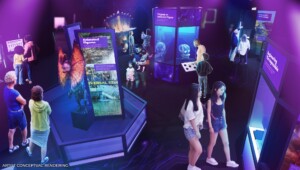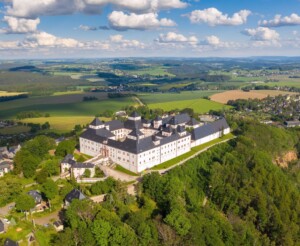Themed entertainment providers around the globe are focused on creating memories, providing experiences that guests will remember for years to come. We take a closer look at the psychology behind ‘experience’ and ‘experiencing’ in the world of attractions.
by Wim Strijbosch

Earlier, I wrote about how the English word “experience” translates into two different words in German that have a slightly different connotation: Erlebnis and Erfahrung. Both refer to something having gone through in the past.
Erlebnis is associated with ephemeral states of excitement, positivity and the extraordinary. Meanwhile, Erfahrung is associated with more long-lasting, meaningful impacts. For instance, having learned something, or changing values or attitudes. Both equivalents can be used in themed entertainment and attractions. Finding a balance between the two is one of the challenges of the industry.
The distinction between Erlebnis and Erfahrung mostly stems from philosophy. Philosophers excel at putting things into question that seem self-evident, thus opening up novel ways of critical thinking.
But I am more of a researcher than a philosopher. At one point I prefer to quit the questioning and to start measuring whether such novel ways of thinking hold when being confronted with real-world data. Being a psychological researcher, in particular, I tend to step away from loose definitions such as “something having gone through in the past.” Psychologists simply refer to that as memory.
Experiences are a type of memory. But where do these memories come from? To understand this, I have to introduce another connotation of the experience concept. This time, though, it is not a noun, but a verb.
Experiencing versus experiences
Experiences are memories that stem from our interactions with the world around us. It is this process of interacting that can be referred to as experiencing.
The world around us consists of so-called external stimuli that come to us through our five senses. In themed entertainment, external stimuli can refer to designed properties, such as the background music in a theme park. But it can also refer to non-designed properties. For instance, the behaviour of fellow visitors.

Stimuli can be internal as well. Internal stimuli refer to mental and bodily states at the moment of experiencing. This can heavily colour your perception of external stimuli. For example, your experience of an attraction while being in a relaxed and peaceful mood will be different from how you are experiencing an attraction when stressed or angry.
What then, sets experiencing apart from our senses “just” being triggered by all kinds of stimuli?
Personal experiences
One suggestion is being made by Christian Jantzen in the 2013 Handbook on the Experience Economy by Sundbo & Sørensen. Jantzen says that experience is different in that it focuses on our awareness of what it is like to feel and perceive these stimuli.
Experience is not just a dry and rational observation. It is highly personal and subjective, and it directs your attention to the here and now.
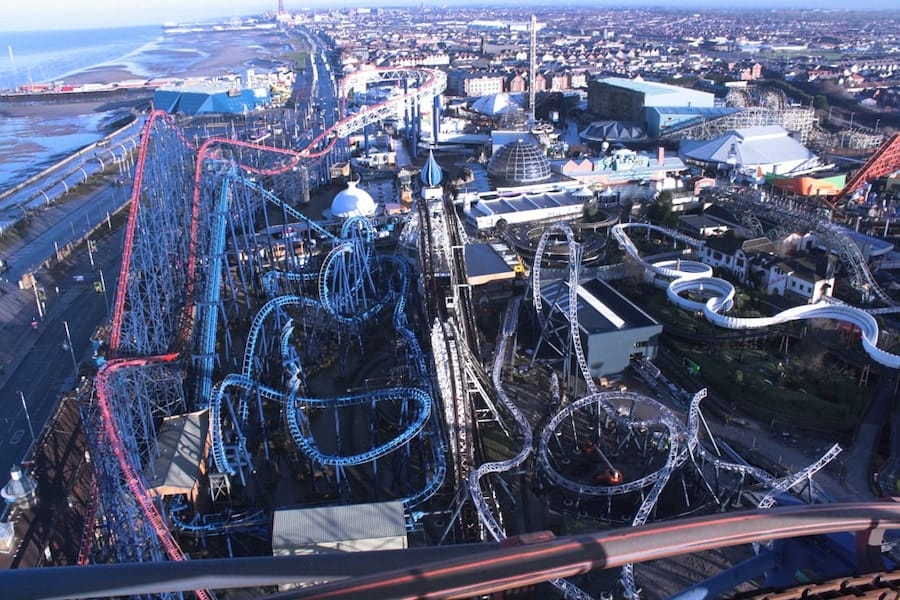
For example, what is it like for you to feel the adrenaline pump through your body as you ride The Big One at Blackpool Pleasure Beach? What is it like for you to feel the confusion as you ride Efteling’s Villa Volta? And what is it like for you to fly over the crowds in Arthur’s Königreich der Minimoys at Europa-Park?
There is a certain quality to these sensations that is very distinct, but that is oftentimes quite difficult to put into words. And yet, most people that have been on these attractions seem to know the exact feeling you are talking about.
The ‘How of Wow’
In this light, I would like to refer to a brilliant TED-talk by Eddie Sotto on “The How of Wow!” In his talk, he refers to a quote by the late David Bradley (owner of Beverly Park) when advising Walt Disney: “The best rides… happen to you.”
Sotto mentions examples that focus exactly on what is it like for you to do something. Flying over London in Peter Pan’s Flight, driving like a madman in Mr Toad’s Wild Ride, surviving the Matterhorn Bobsleds and more.
These are some of the very early examples from the world of attractions that took experiencing to a whole new level by stimulating the senses in a context that had never been done before.
Experiencing attractions is personal and subjective
The personal and subjective nature of experiencing, then, has two implications. First, experiences cannot simply be sold or bought. I would even go as far as to say that experiences cannot be designed. At best, experiences can be designed for, by providing orchestrated environments filled with various stimuli that appeal to the senses.
Second, every individual guest has a different experience. What we perceive and what we feel is based on individual frames of reference, which are inherently personal. This means that with a visitor number of 5 million guests, there will be 5 million different experiences.
With a visitor number of 5 million guests, there will be 5 million different experiences
Of course, it is likely that there will be an overlap in experiences for a major part of the audience. In the end, themed entertainment is an industry built to cater for masses of people. At the very least, though, it is relevant to know that designers’ intentions might not necessarily map 1-to-1 onto the mind of every single guest.
In the field, this is often tackled with statements such as “know your audience”. But what about more empirical solutions such as piloting, concept testing, or evaluating schematic design through VR technology?
What makes experiences memorable?
In essence, our senses are being triggered as long we are awake, which means that we can be experiencing almost 16 hours a day, 112 hours a week and 40880 hours a year.
Not everything we experience, though, will be stored in memory as an experience. Just like a computer’s hard drive, there is only so much memory space available. So, when does experiencing turn into an experience? When does the verb become a noun?

Last year, together with various academics from across Europe, I published a paper authored by Bastiaansen and colleagues (2019) on this very topic. In this paper, we describe experiencing as a continuous process that it is extremely rich.
We argue that the mind uses a particular mechanism (i.e., mental models) to segment our continuous stream of consciousness into manageable pieces, so-called experiential episodes. These experiential episodes occur on different time scales, ranging from only seconds or minutes (checking into your hotel) to several days or even weeks (a vacation in Orlando).
Episodes occurring at longer time scales are likely to consist of several sub episodes, such as a day at a theme park (episode) that consists of multiple attractions, shows and more (sub episodes). Cutting experiencing into experiential episodes is the first step towards memorability.
Attractions and experiential episodes
The key to making experiences memorable at attractions, then, consists of the emotions that occur within the experiential episodes. The factors that contribute to the memorability of an experiential episode are still subject of ongoing research.
However, there is more and more agreement in the scientific literature that emotions form the core building block of an experience and determine its memorability.
It stretches beyond the purpose of this blog to give a detailed account of emotions (for those interested, see the above comprehensive TED-talk by leading emotion researcher Lisa Feldman Barrett). What is important to understand, is that emotions continuously ebb and flow in response to the external stimuli as mentioned before.
When this flux reaches a certain threshold level in terms of emotional intensity, it sends a signal to the mind that something important has just happened. Brain and body then do their work and store the experience into long term memory.
Triggering emotions
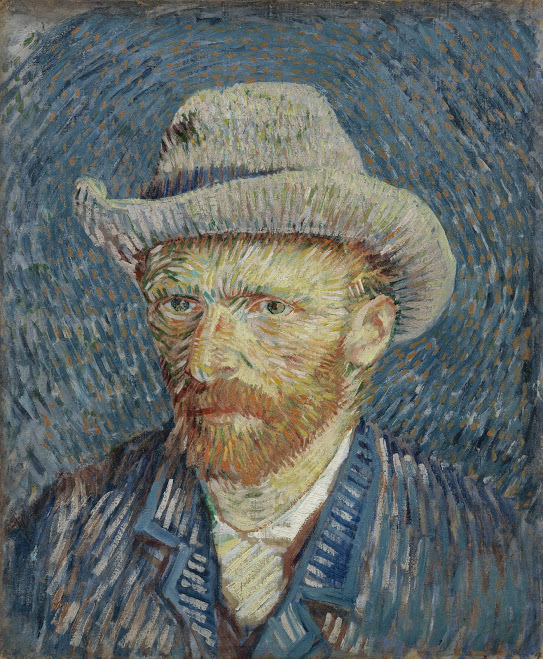
Emotions can be triggered by very small things that we can all think of, from a scary effect in a horror maze to a friendly smile given by a staff member. On a more general level, storytelling techniques can also enhance the triggering of emotions.
In a recent study on stories about Vincent van Gogh in our university’s Experience Lab, we showed that informative videos using storytelling techniques yielded more emotional experiences and memories as compared to videos without storytelling techniques.
What has been found to enhance the emotionability of attractions as well is novelty. Two studies by Ma, Gao, Scott & Ding (2013 and 2017) on guest emotions at Shanghai Happy Valley shows that people report experiencing more delight when they experience things they have never seen or done before.
By nature, the attractions industry is quite innovative already, but the evidence from Ma and colleagues illustrates that research and development should be high on the agenda.
Experiencing attractions is about you
In summary, experiencing is about you. It is about how you are aware of the things you see and feel. It is about the intensity of your emotions. This determines whether you remember your experiences or simply forget them.
Themed entertainment and attractions can strive for many impacts ranging from pleasure and fun (i.e., Erlebnis) to more lasting effects, such as meaning creation and perhaps even transformation (i.e., Erfahrung).
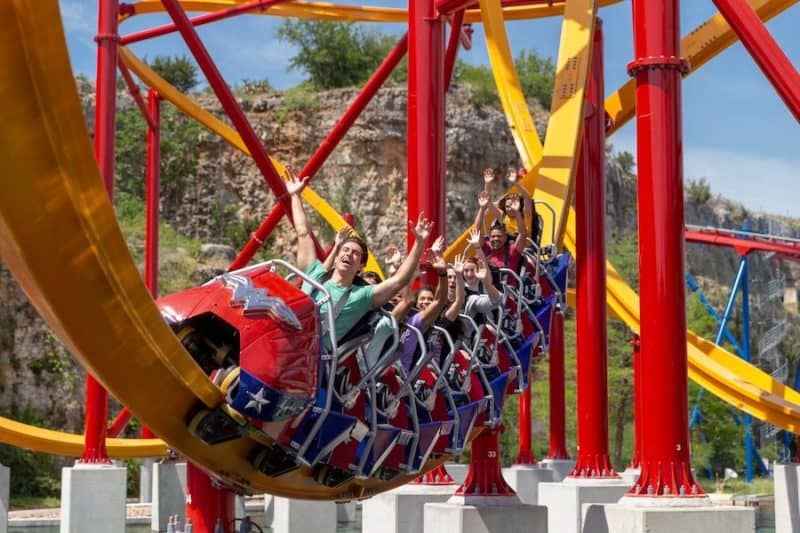
Arguably, memorability is the very least themed entertainment should aim for. Because only when guests remember their experiences, can they be supportive of further downstream behaviour. Yet, no matter what impacts one hopes to achieve, arguably, experiences should always be brought back to the level of experiencing: what it is like for guests to sense and feel a particular attraction.
After all, without experiencing, there won’t be anything to be remembered in the first place.
References
Bastiaansen, M., Lub, X. D., Mitas, O., Jung, T. H., Passos Ascenção, M., Han, D.-I., Strijbosch, W. (2019). Emotions as core building blocks of an experience. International Journal of Contemporary Hospitality Management, 31(2), 651-668.
Jantzen, C. (2013). Experiencing and experiences: a psychological framework. In J. Sundbo & F. Sørensen (Eds.), Handbook on the Experience Economy (pp. 146-170). Cheltenham: Edward Elgar Publishing.
Ma, J., Gao, J., Scott, N. & Ding, P. (2013). Customer delight from theme park experiences. Annals of Tourism Research, 42, 359-381.
Ma, J., Scott, N., Gao, J. & Ding, P. (2017). Delighted or Satisfied? Positive Emotional Responses Derived from Theme Park Experiences. Journal of Travel & Tourism Marketing, 34(1), 1-19.



